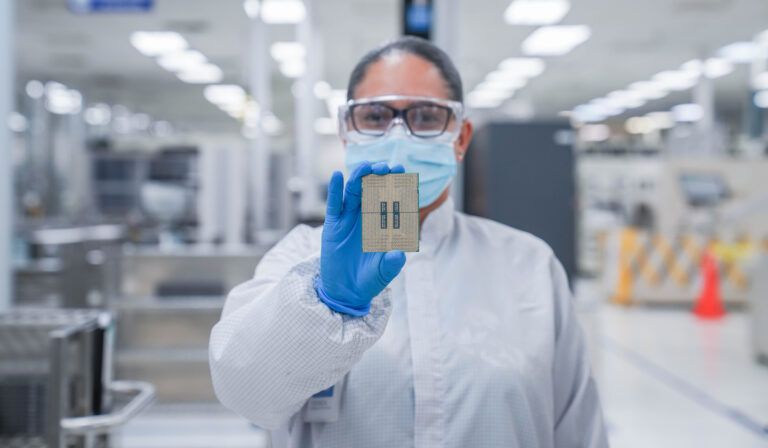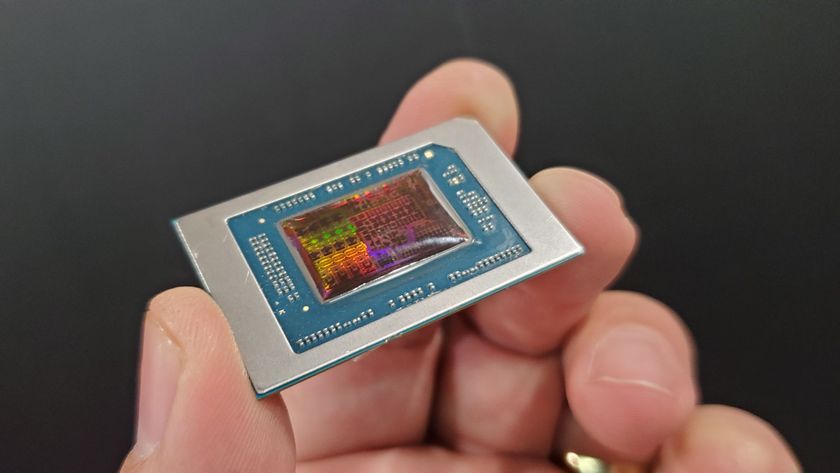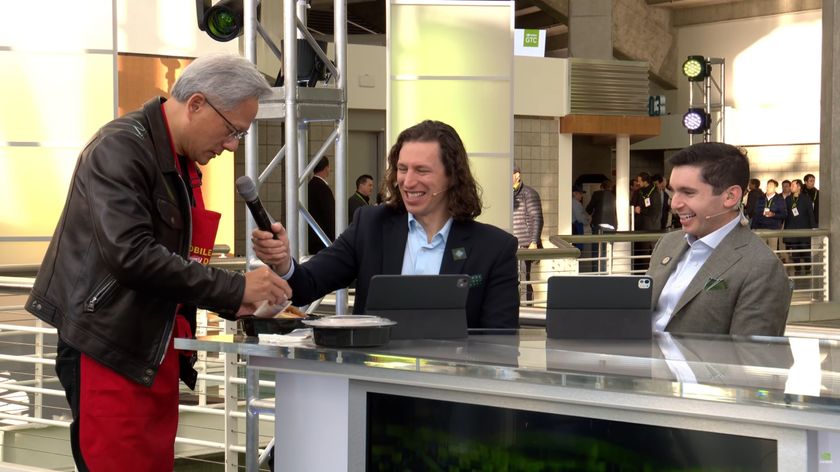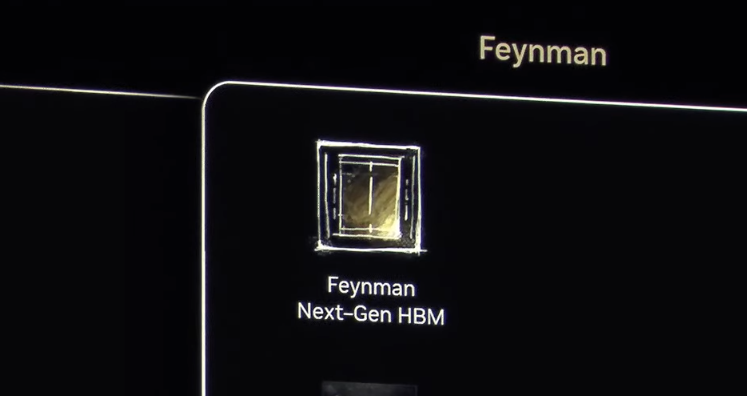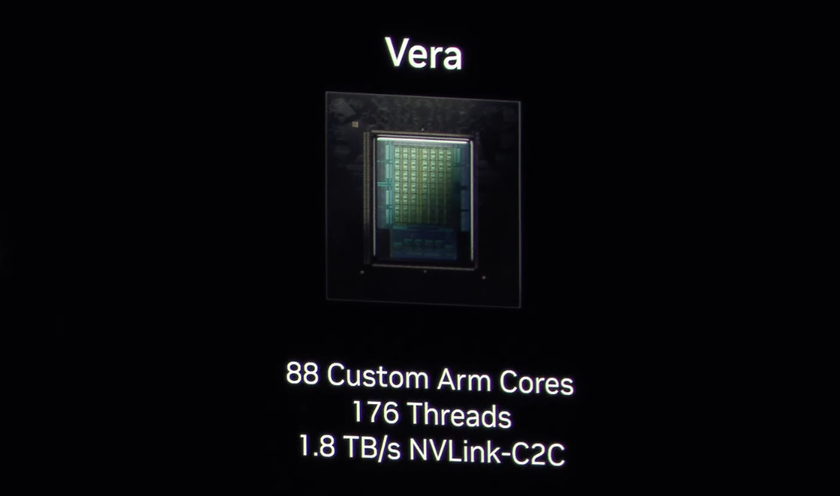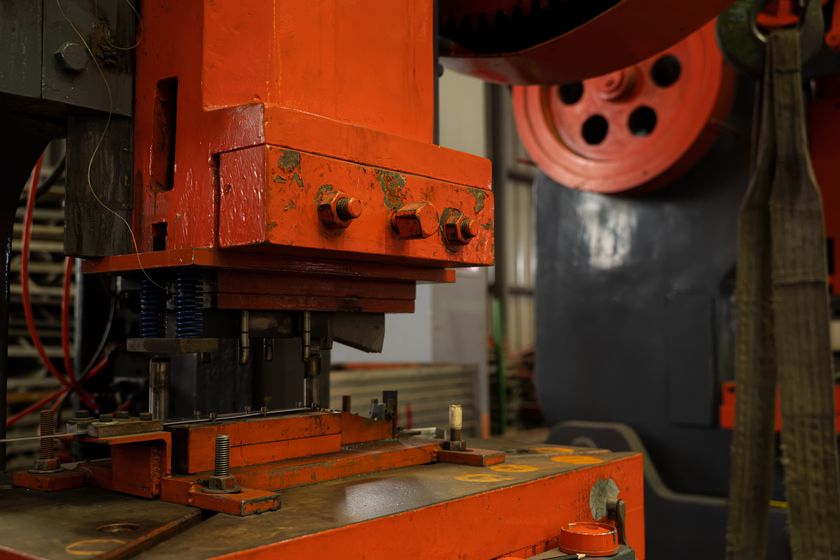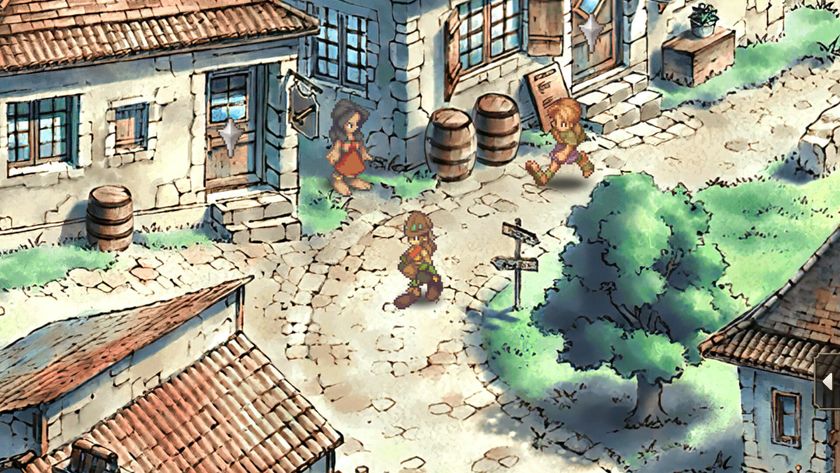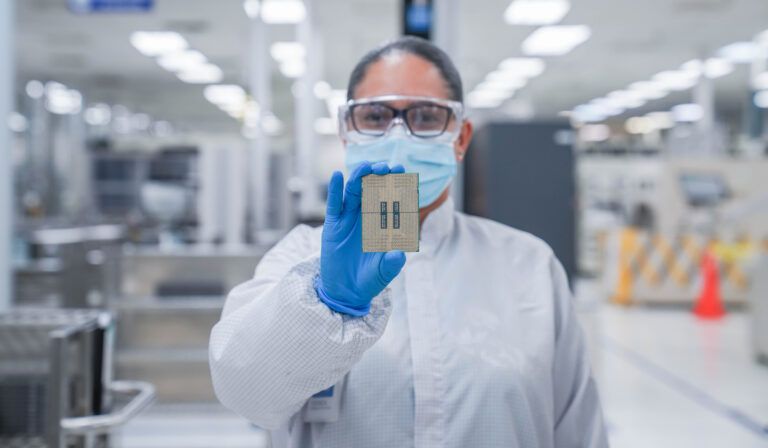My new obsession is watching videos of Intel turning sand into processors
Your CPU has sandy origins.
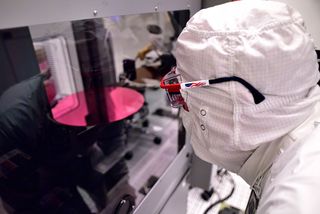
The internet is basically a vast landscape of rabbit holes, and I've gone down plenty of them, always unintentionally at first. More recently, a rabbit hole led me to some older YouTube videos of how Intel goes about making processors.
These videos are not technical deep dives into the complex process of taking sand and transforming it into a processor, which we then use to play games, crunch spreadsheets, and so forth. However, they do offer high-level, easily digestible overviews, and I figured I'd share some with you.
You may have already seen some, or even all of these. Or, like me, you may have missed them when Intel started uploading these short clips several years ago. Here is one from 2009:
There is no narration or accompanying text. What the video shows, however are the basic steps, starting with extracting silicon from raw sand. There is a purification process that Intel glosses over, then the material is melted and turned into an ingot. This is what gets sliced into wafers, from which CPU dies are extracted.
Of course, there is more to it than that—a lot more. Here's another video, from 2012:
That one shows the making of a 22-nanometer processor, which is now dated. Intel has since move on to 14nm and will soon (maybe) be shipping 10nm chips in volume, followed by 7nm sometime down the line. Nevertheless, it gives a high level overview of the layer stage, in which metal layers are used to create interconnects between transistors.
One of the more recent videos, from 2015, provides some details on what occurs at the wafer stage. Specifically, it goes over the challenge of spotting minuscule defects. Have a watch:
The biggest gaming news, reviews and hardware deals
Keep up to date with the most important stories and the best deals, as picked by the PC Gamer team.
And here is one more short clip that deals with the some of the machinery in Intel's fabs, and some of the automated tasks.
All in all, it's pretty amazing that such complex chips start out as sand and eventually become the engines that drive our PCs (alongside GPUs, of course). If you like this sort of thing, let me know and I'll be on the lookout for other videos of this nature.
Paul has been playing PC games and raking his knuckles on computer hardware since the Commodore 64. He does not have any tattoos, but thinks it would be cool to get one that reads LOAD"*",8,1. In his off time, he rides motorcycles and wrestles alligators (only one of those is true).
